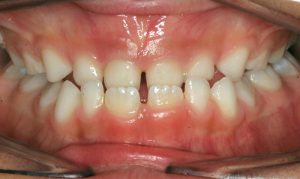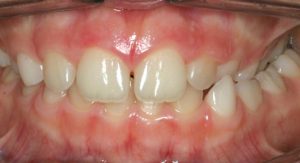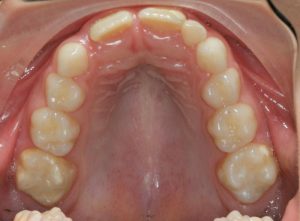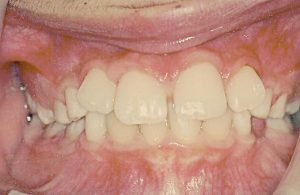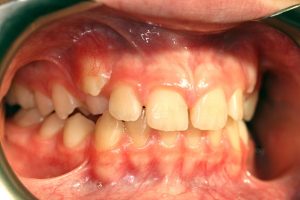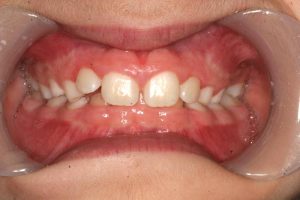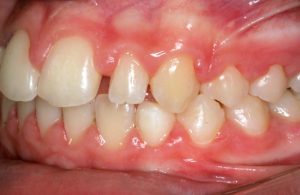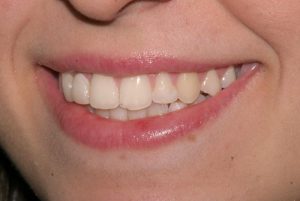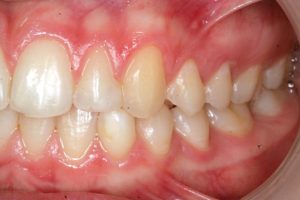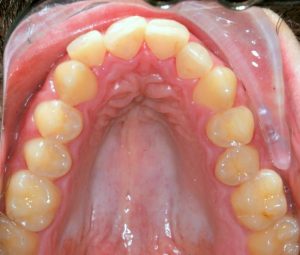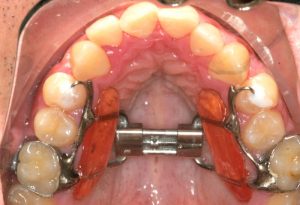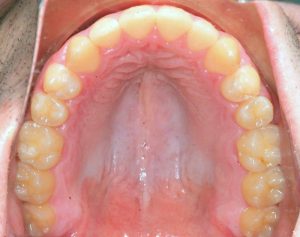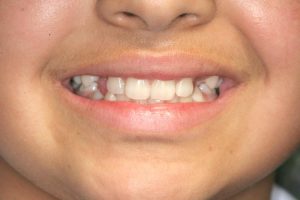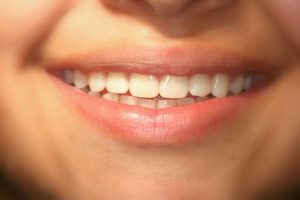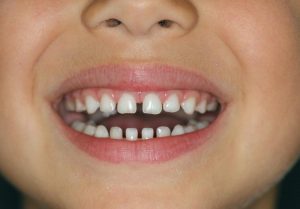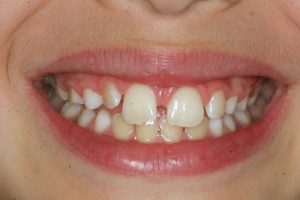Naturally, as a concerned parent, you try to find the best solution for your children. During our consultation, we will answer any questions you might have. The following questions are often asked and we will attempt to answer them for you here so that you have a good basis for your more personalized questions.
- Is it OK to extract healthy teeth to make room in cases of crowding?
View Answer...Dr. Sarkissian explains: “Extracting healthy teeth from an arch that is deficient in size to begin with, is a delayed death sentence to the child. Ignoring the early developmental growth phase until it is passed, and then extracting four healthy teeth to make room is nothing short of mutilation to the organism. During the more than 20 years of my practice, I have yet to see an adult who has undergone braces with bicuspid extractions as a child and has not suffered one type or another damage. There is ALWAYS a damaging consequence to braces with bicuspid extractions, according to my observations. Some are hardly noticeable, but most are debilitating. They range between poor facial esthetics, a deficient mid-face with collapsed lips, severe crowding due to relapse, TMJ problems, life-threatening obstructive sleep apnea, and a multitude of other issues. The sad part in all this is that most of these side-effects manifest years after orthodontic therapy is completed, therefore they are not attributed to orthodontics.” - What should we do if there are spaces between permanent teeth?
View Answer...The appearance of spaces between adult teeth is the end result of a biological and functional equilibrium between the forces of the tongue and the lips/cheeks. If we attempt to forcibly close them with braces, it may have deleterious effects. One way of dealing with spaces is by widening teeth in proportion. More information in Lateral Incisor Widening. - What are signs of insufficient jaw size (arch constriction) that parents and physicians need to watch out for in children?
View Answer...• Front CrossbiteA crossbite involving the front teeth: if the lower teeth are biting in front of the upper teeth, it is a situation that demands immediate intervention. The condition will trap the upper jaw from growing forward, and as the teeth grow longer with time, it will be harder to reverse the crossbite.
• Side Crossbite
A crossbite involving the side primary molars means that the top jaw is smaller than it should be and is an indication for immediate intervention. To read more, click here…
• No Space For Lateral Incisors
Around age 8, as the baby upper lateral incisors are shed, there is very little space for the permanent laterals to erupt. These need at least 7 mm of room.
• Flared Lateral Incisors
If lateral incisors are fully erupted around age 9, and they look like they are flared sideways, this is a warning that there is impending crowding. The underlying canines, due to lack of space on their eruption path (see below) are pushing against the roots of these laterals and shifting their position.
• Displaced Canines
Around age 11 the upper canines will appear. Among all the permanent teeth, these ones travel the longest path before they emerge. They start their journey from the space right next to the nose, almost under the eye, and travel down over many years. If there is insufficient space, they will emerge “ectopically”, that is sideways, or they will be impacted within the palate.
• Overclosed Bite
When a child bites down and the lower incisors are hardly visible, that means there is an overclosed bite, a vertical discrepancy, which has serious future consequences if not treated early. To read more about this condition and how it is treated, click here…
- If there are congenitally missing teeth, or larger than normal spaces in a child’s arches, what is the right thing to do?
View Answer...Larger-than-normal spaces occurring in a child’s mouth are quite normal in the primary dentition. In fact, if spaces are non-existent, then that is already a certain indication that the child will develop crowding in the permanent dentition.Spaces in the adult dentition can mean two things:
- The teeth are smaller than average in width to fit within the available arch space. Small, or “peg” teeth usually occur in the lateral incisors. (pictures showing incisor bondings)
- There is a tongue/space discrepancy where the functionally desired space for the tongue to fit within the palate and the arches is larger, therefore they get pushed out into a larger arch. (See the showcase Missing Lateral Incisor.)
- The teeth are smaller than average in width to fit within the available arch space. Small, or “peg” teeth usually occur in the lateral incisors. (pictures showing incisor bondings)
- What are the consequences of a small jaw in adulthood if not addressed during the early years of life?
View Answer...The jaws are essential to life. The maxilla (upper jaw) has joints with almost all the bones of the skull, including the orbit, the cranial base, the temporal, and the nasal, to name just a few. Therefore a constriction of the upper jaw will have repercussions on the whole skull and neck. A small jaw will also cause airway distress due to insufficient tongue space, and a multitude of other orthodontic problems. - Can you develop adult jaws and arches?
View Answer...Adult jawbones have the ability for slight modification, according to the rules of epigenetics discussed in the Principles, as well as Wolff’s law, which states that bones and joints subjected to constant low-grade forces will undergo dimensional changes. Orthodontics and jaw orthopedics in adults works, but is limited. There is slight modification of the main jawbones, however most of the significant changes arise from remodeling of the “alveolar” bone, or that portion of the bone which surrounds the teeth. - Why can’t we just live with crowded teeth?
View Answer...From the aesthetic point of view, granted, many people, even famous actors, have crowded teeth and it does not keep them from social and financial success. Some very attractive personalities also have crowded teeth. On the other hand, MOST beautiful and attractive personalities have well-developed jaws, straight teeth, and a WIDE smile. One visit to the magazine stand will confirm this.before after From the skeletal point of view, you can find on other sections of the FAQ that crowded teeth usually reflect constricted jaws and all the health complications associated with them.
From the dental point of view, crowded teeth usually crowd even more with age. Crowded teeth cause an uneven bite and as a consequence, an uneven wear pattern. Due to the altered bone architecture, they are harder to clean, harder to floss, and are more prone to gum problems and recession.
- Are spaces between baby teeth normal?
View Answer...Before the age of 7, baby incisors are expected to have spacing. The larger the spaces, the better, as this will ensure that the permanent incisors, which are significantly wider, will not crowd when they erupt.
